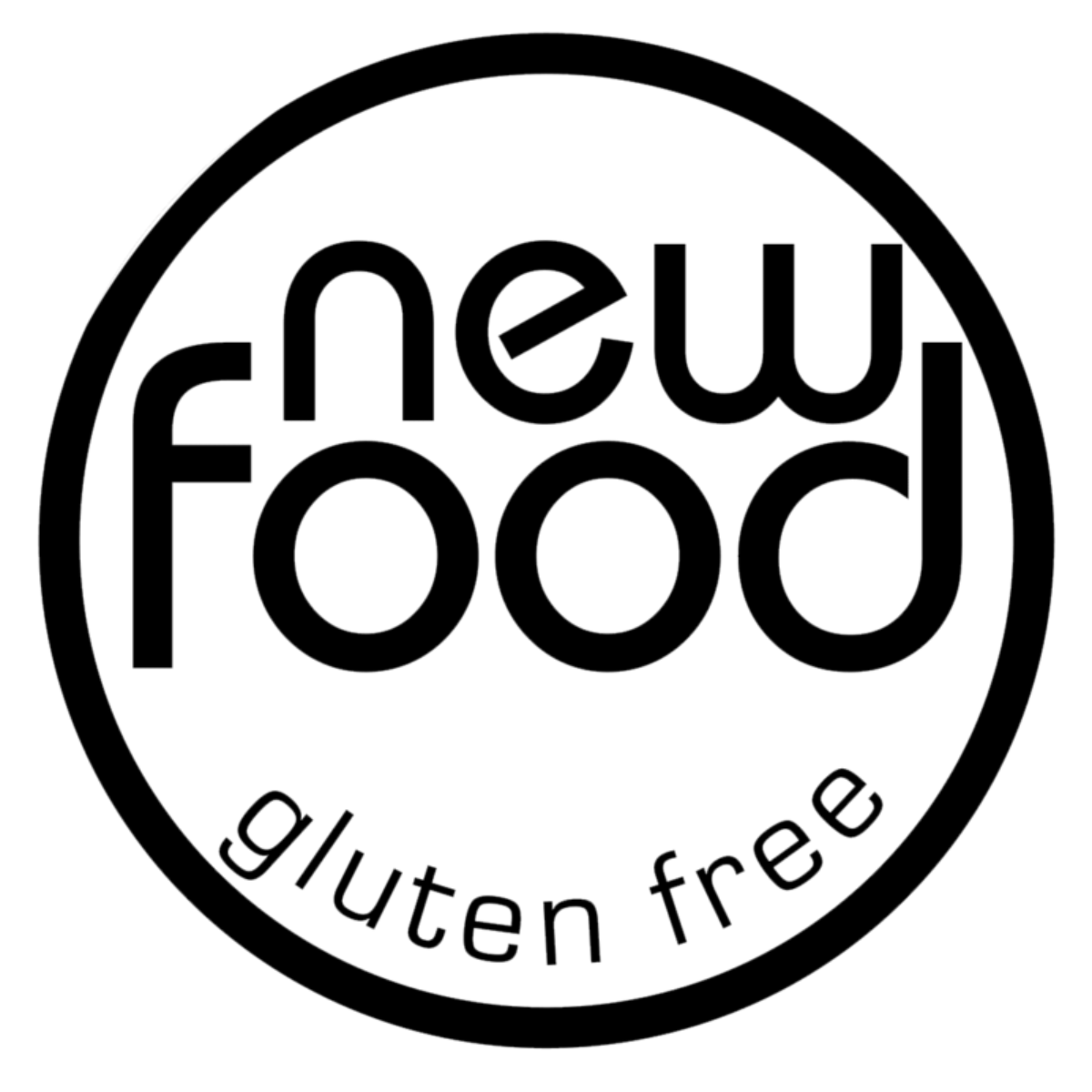Lactose intolerance is one of the most common types of food intolerance in the world, also recognized by the WHO. This has obviously led the market to create many lactose-free foods.
In Italy alone, according to estimates by EFSA (European Food Safety Authority), 56% of the population is affected by this disorder.
Lactose is the main milk sugar, present in cow, goat, donkey and even maternal milk, but a deficiency of the lactase enzyme can put the body in serious difficulty which is no longer capable of splitting lactose into its two simplest sugars: glucose and galactose.
In all these cases the main therapy consists in the partial or total exclusion of dairy products from the diet. Therefore, all so-called "lactose free" products, i.e. with a reduced lactose content and which can be consumed by all intolerant people, become of fundamental importance. On the website https://www.b-opentrade.com/senza-lactosio-normativa/ there is an interesting analysis of lactose-free foods and the related legislation.
As stated in the blog article , "lactose-free foods are not regulated in a uniform manner at European level, and there is therefore no clear regulation that defines the use of declarations of absence or reduced presence of lactose in foods such as "absence of lactose", "with very low of lactose”, “low lactose content” and “reduced lactose content”.

But what differences exist between these different denominations? According to AILI, the Italian Lacto-Intolerant Association, it is possible to distinguish between: Lactose-free products: the lactose content is less than 0.01%, i.e. 0.01g per 100g of product. Low lactose content products: the lactose content is less than 0.1%, i.e. 0.1g per 100g of product. Naturally lactose-free products: products originally lactose-free except for some types of dairy products. Although lactose intolerance is a matter of great interest and importance for the protection of consumer health, at a regulatory level there is still no uniform community vision.
The only products to present dedicated regulation are those for infants (under 12 months), for which Directive 2006/141/EC authorizes the use of the "lactose-free" declaration only for those with a lactose content not exceeding 10 mg/100 kcal. Only EU Regulation No. 1169/2011 introduces rules on the information to be provided on substances with demonstrated allergenic or intolerance effects, so that the consumer, especially if lactose intolerant, is put in a position to make an informed choice.
For consistency, the indications relating to the presence or absence of lactose should also be regulated by the same regulation, but community legislation that deals with the matter in detail is still awaited", writes b-opentrade again.|| |116
Mentre a livello nazionale, il Ministero della Salute precisa che è possibile utilizzare l’indicazione “senza lattosio” quando: “Il contenuto di lattosio dei prodotti lattiero-caseari è inferiore a 0,1g per 100g o 100ml di prodotto.
Products with this indication must carry specific information on the label on the residual lactose threshold according to the words "less than...". In all cases, the residual threshold must be less than the limit of 0.1g per 100g or 100ml of product.
Milk and fermented milks can bear the indication "with reduced lactose content" only if the residual content of this disaccharide is less than 0.5g per 100g or 100ml of product. The label must indicate that the lactose content is below this threshold.
To provide the consumer with complete and precise information on the contents of lactose-free products, it is necessary to also include on the label an indication such as "the product contains glucose or galactose as a result of the breakdown of lactose".
All NEW FOOD products are gluten-free and lactose-free,buy them online.
For all others ingredients that do not contain milk-based ingredients, any indications on the absence of lactose must be reported in a manner compliant with article 7 of EU regulation 1169/2011”, we finally read, onwww.b -opentrade.com/senza-lactosio-normativa.


Recent Comments